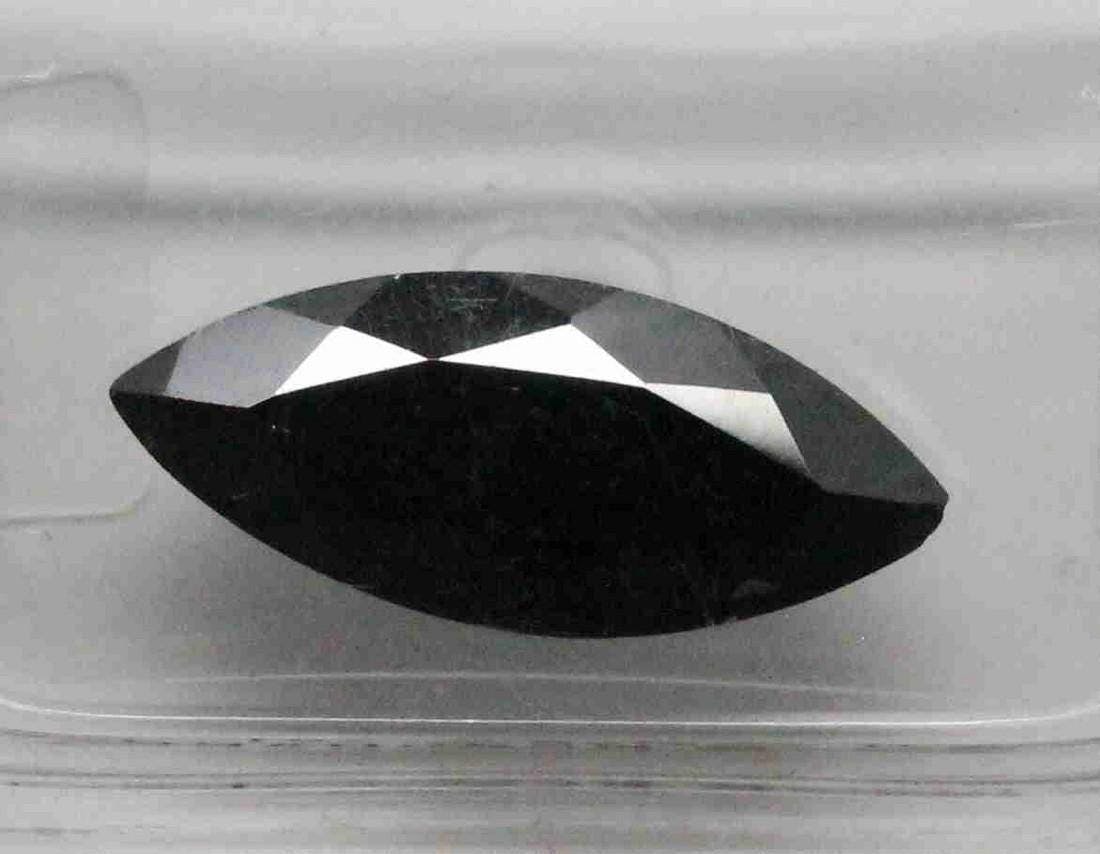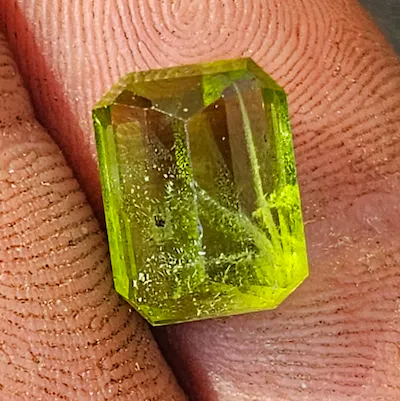News
Factors Influencing Diamond Prices
If you’ve ever wondered why diamond prices vary so greatly, it’s because they are influenced by several key factors. One major factor is the control exerted by De Beers, one of the largest diamond companies in the world. De Beers determines the quantity and type of rough diamonds to sell to its diamond dealers, known as sightholders, and sets the prices accordingly. By adjusting the supply and pricing, De Beers maintains stable and high prices, effectively controlling the diamond market. Additionally, the establishment of the Rapaport Group in 1976 introduced the widely-used “rap list,” which provides a benchmark for diamond prices. However, this price guide may not account for all value factors, such as cut. It’s important to note that the 4 Cs (Color, Clarity, Cut, and Carat) play a significant role in diamond grading, but within each grade, there can still be variations and judgment calls. Other factors, including clarity variations, borderline grades, precision cuts, and even the shape of the diamond, also affect its price. However, consumers can find good deals by researching prices online, visiting retail stores, and seeking the opinion of a gemologist.
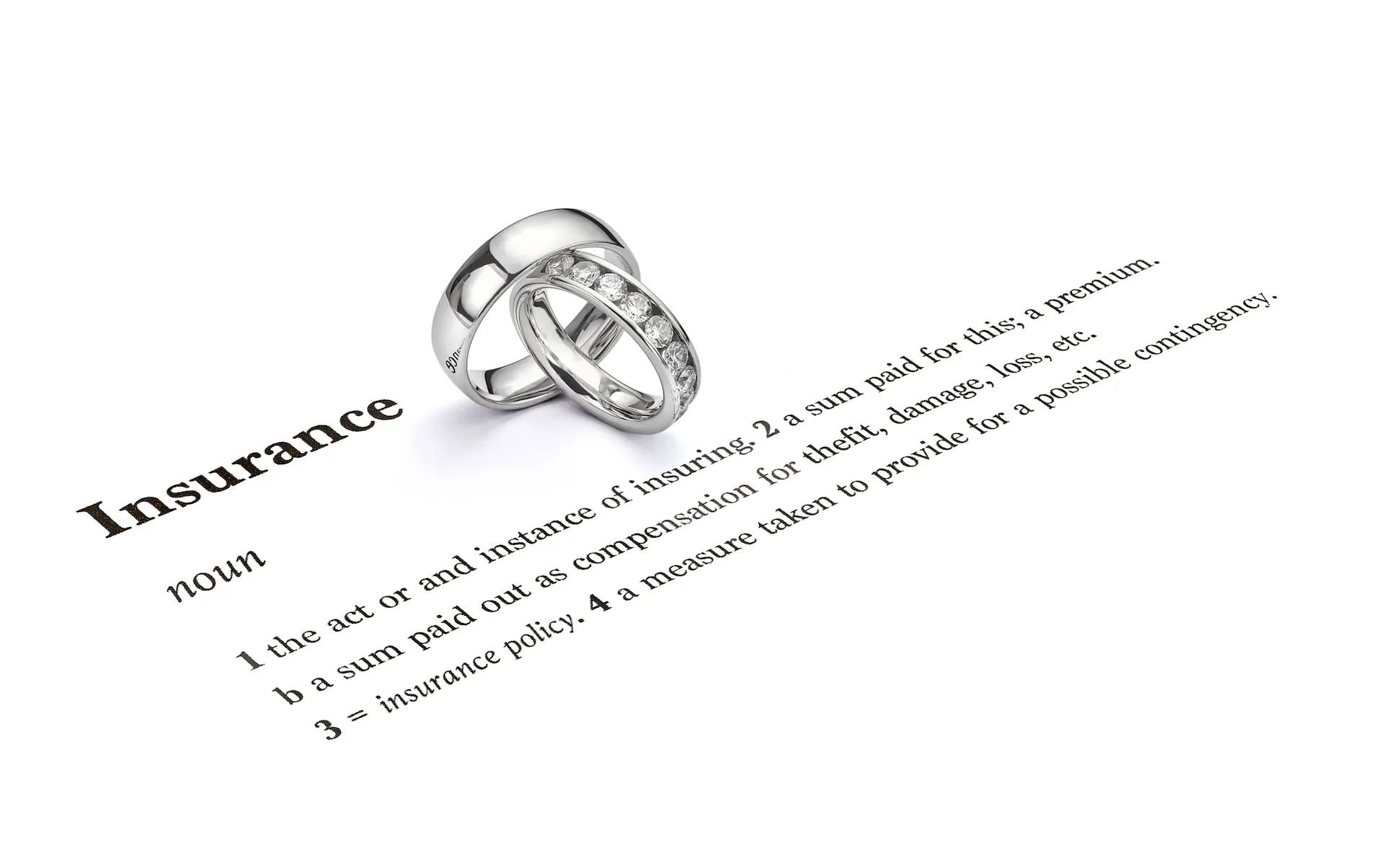
Control exerted by De Beers
De Beers, one of the largest diamond companies in the world, holds significant control over the diamond industry, playing a crucial role in determining diamond prices. Through its dominant position, De Beers has the power to dictate how much and what type of rough diamonds it sells to its sightholders, who in turn are the diamond dealers that purchase the rough diamonds directly from De Beers. Furthermore, De Beers sets the prices for its diamonds, exercising control over the supply and pricing aspects of the market.
De Beers’ control over the diamond market is primarily aimed at maintaining stable and high prices. By adjusting the supply of diamonds, De Beers can ensure that the demand consistently exceeds the available quantity, thereby creating a sense of scarcity and driving up prices. Additionally, the company strategically manages its inventory levels to prevent a surplus in the market, which could lead to a decline in prices.
The impact of De Beers’ control on diamond prices is significant. As the dominant player in the industry, De Beers has the ability to influence the overall market conditions and set the tone for pricing. Its control over the supply allows De Beers to create an environment where diamonds are perceived as rare and valuable, thus supporting high prices. However, it is important to note that while De Beers exerts considerable influence, other factors such as market demand and global economic conditions also play a role in determining diamond prices.
The Rapaport Group and the Rap List
In 1976, the Rapaport Group was established, bringing with it the creation of the Rap List. The Rap List serves as a benchmark for diamond prices and is widely used by retailers around the world. This price guide provides a reference point for diamond value based on various factors such as the 4 Cs (Color, Clarity, Cut, and Carat). However, it is essential to recognize the limitations of the Rap List in determining the true value of a diamond.
While the Rap List may provide a standardized pricing framework, it does not account for all the factors that contribute to a diamond’s value. One critical factor missing from the Rap List is the influence of the diamond’s cut. The cut of a diamond has a significant impact on its appearance and brilliance, making it an essential consideration when assessing its value. The Rap List’s focus solely on the 4 Cs overlooks this crucial element, limiting its ability to determine an accurate price for a diamond.

Diamond Grading and the 4 Cs
Diamonds are graded based on the 4 Cs: Color, Clarity, Cut, and Carat. Each of these factors plays a role in determining the value of a diamond.
Color refers to the presence of any color in a diamond, with the highest quality being colorless. Clarity pertains to the number and size of any internal or external flaws, known as inclusions and blemishes, respectively. Cut refers to how well a diamond has been shaped and faceted, affecting its brilliance and overall appearance. Lastly, carat measures the weight of a diamond.
However, within each grade of the 4 Cs, there can be variations and judgment calls. This is because these factors are assessed subjectively by gemologists and can be influenced by individual interpretations. For example, two diamonds of the same clarity grade may have different levels of inclusions, resulting in variations in their value. Similarly, the perceived color of a diamond can also vary depending on the observer, leading to differences in grading and pricing.
Factors such as clarity variations, borderline grades, and precision cuts can further affect the price of a diamond. A higher clarity grade with fewer inclusions will generally command a higher price, while diamonds on the border of two grades may be priced differently. Additionally, a diamond with an excellent cut will showcase its brilliance and sparkle, making it more valuable than a poorly cut diamond of the same grade.

Factors Affecting Diamond Price
Various factors can influence the price of a diamond, including its clarity and the variations within each clarity grade. Clarity refers to the presence of any internal or external flaws, and diamonds with fewer inclusions or blemishes are considered more valuable. The absence of visible flaws enhances the overall beauty and brilliance of the diamond, resulting in a higher price.
Borderline grades also have an impact on diamond value. These are diamonds that fall on the border between two grades, making them difficult to categorize definitively. The decision regarding which grade to assign to a borderline diamond can vary, leading to variations in pricing. For example, a diamond that falls on the edge of a higher grade may be priced slightly lower than a diamond with the same characteristics but falling in the higher grade.
Additionally, the precision of the diamond’s cut plays a crucial role in its pricing. A well-cut diamond reflects light in a way that creates maximum brilliance and sparkle, significantly enhancing its perceived value. On the other hand, a diamond with a poor cut will lack the desired fire and brilliance, impacting its price negatively.
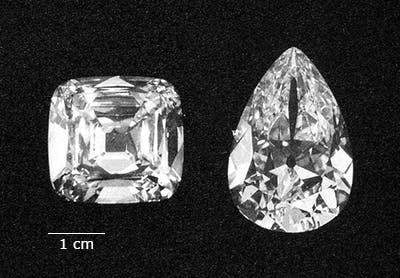
Influence of Diamond Shape
Diamond shape is another influential factor in determining the price of a diamond. There are numerous diamond shapes available in the market, each with its own unique characteristics and appeal. The most popular and coveted shape is the round diamond. Round diamonds are known for their exceptional brilliance and sparkle, making them highly desirable.
Due to their popularity, round diamonds tend to be priced higher compared to other shapes. The demand for round diamonds is consistently high, and their timeless appeal ensures that they retain value over time. However, other diamond shapes such as princess, cushion, and emerald-cut diamonds may offer a more affordable alternative while still maintaining their distinct beauty.
Price variations based on diamond shape can occur due to differences in demand and rarity. While round diamonds continue to dominate the market, other shapes may fluctuate in popularity, subsequently affecting their pricing. It is important for consumers to consider the shape of a diamond when assessing its value and finding a diamond that meets their personal preferences and budget.
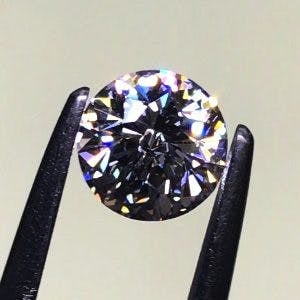
Consumer Strategies to Find Good Deals
When searching for good deals on diamonds, consumers can employ various strategies to ensure they make an informed decision. One essential approach is to conduct thorough research on diamond prices online. With numerous websites and resources available, consumers can compare prices from different retailers and gain a better understanding of the market value for a specific diamond.
Visiting retail stores and physically examining diamonds can also provide valuable insights. By comparing prices and evaluating the quality and appearance of diamonds in person, consumers can make more informed decisions and potentially negotiate better deals. Retailers may have special promotions or discounts that are only available in-store, making it worthwhile to explore these options.
Additionally, seeking the opinion of a gemologist is highly beneficial when purchasing a diamond. Gemologists are experts in evaluating and appraising diamonds, providing unbiased assessments of their quality and value. Getting a professional opinion can help consumers make confident decisions and ensure they are paying a fair price for their chosen diamond.
In conclusion, diamond prices are influenced by a combination of factors, including the control exerted by De Beers, the significance of the Rap List as a benchmark, the grading factors of the 4 Cs, the impact of diamond shape, and consumer strategies for finding good deals. By understanding these various aspects and considering multiple factors, consumers can navigate the diamond market with confidence and find the perfect diamond for their needs and budget.




